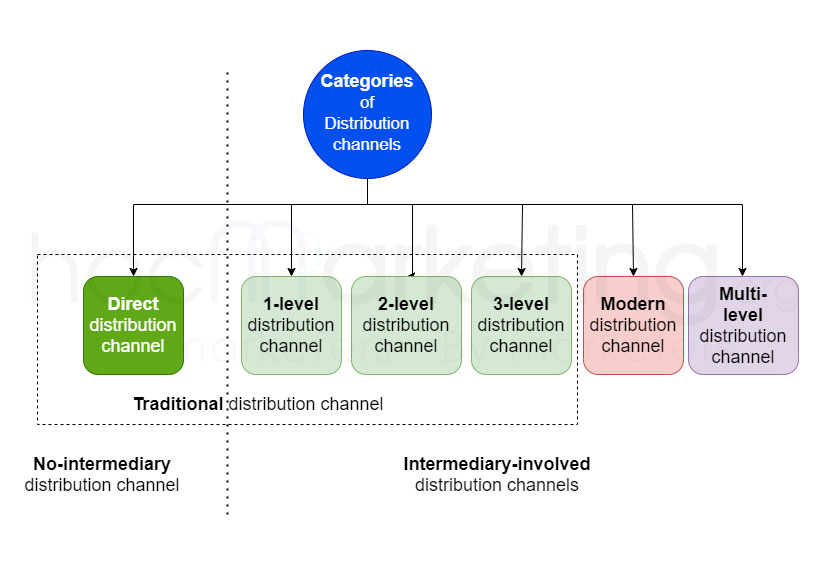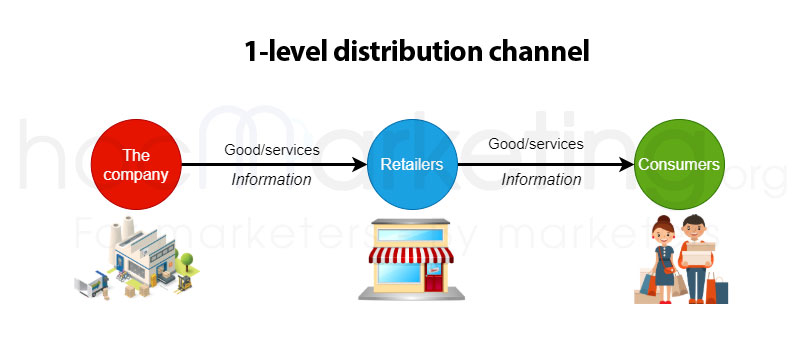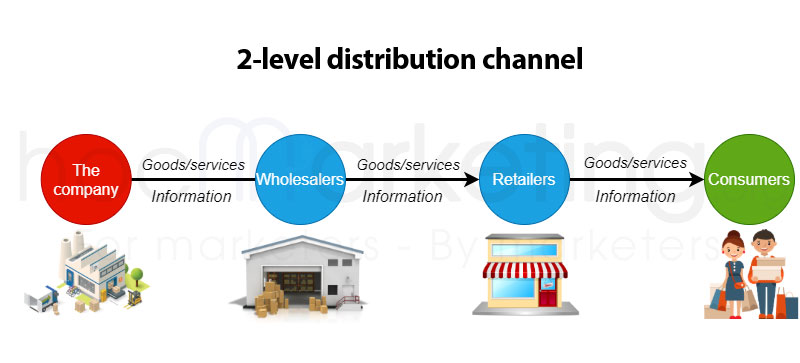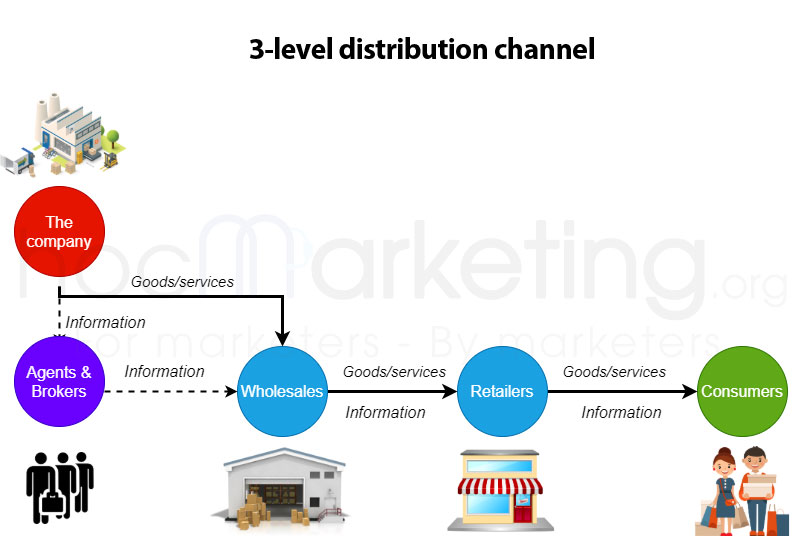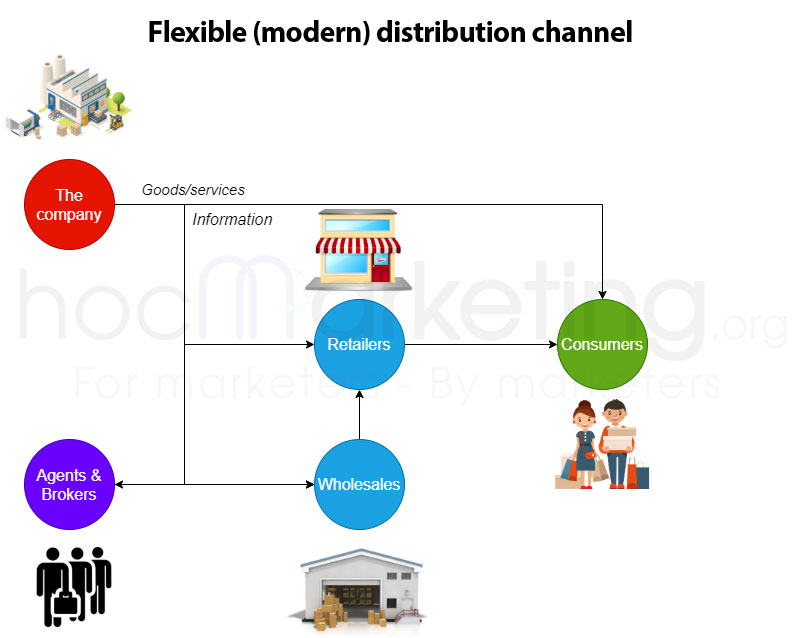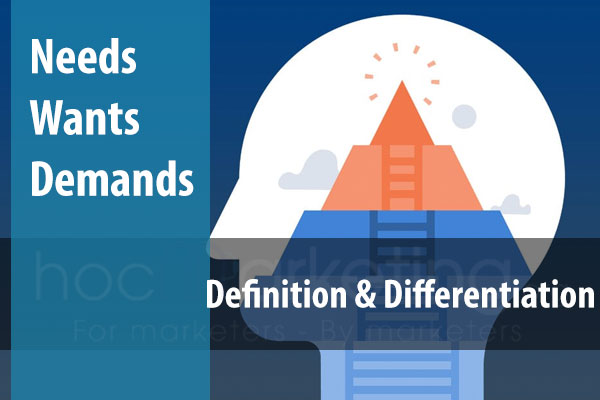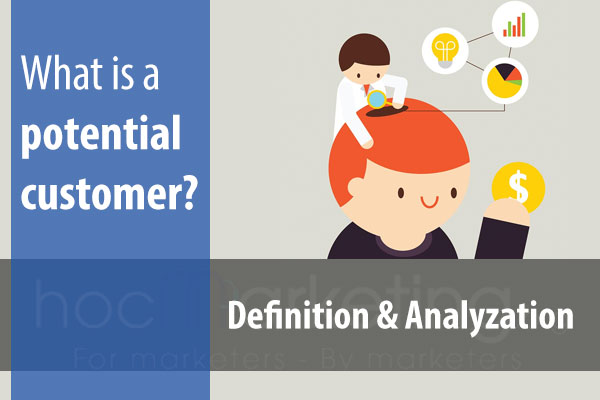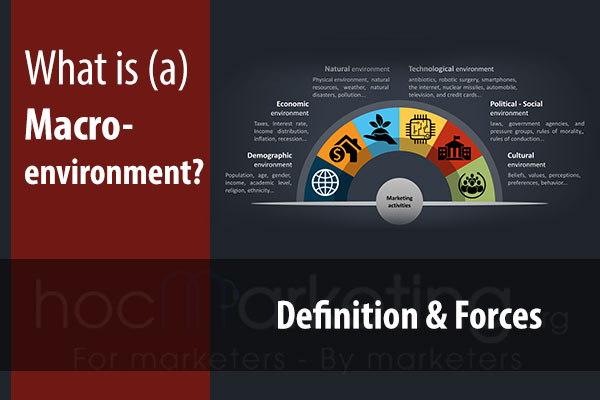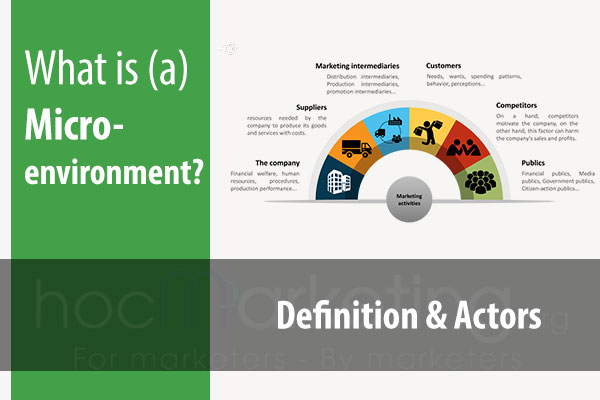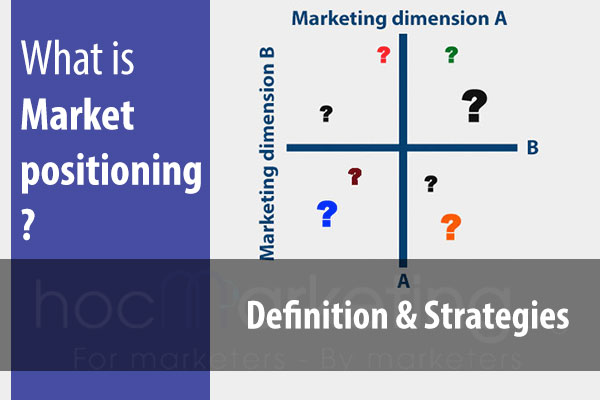
Distribution Channels in Marketing

In order to create a Distribution Channel, a company needs to consider the advantages and disadvantages. Distribution channels are also known as Distribution Channels in Marketing. Distribution channels are also very important for companies because it provides them with increased costs and reach or little control over pricing.
In order to create a Distribution Channel, a company needs to consider the advantages and disadvantages. Distribution channels are also known as Distribution Channels in Marketing. Distribution channels are also very important for companies because it provides them with increased costs and reach or little control over pricing. Distribution channels can be two-level, three-level, flexible, or multi-level. Different Distribution Channels offer different advantages.
What is a distribution channel?
A Distribution Channel is a means of delivering goods and services, messages, information to customers in your marketing strategy. Distribution channels are often the marketing strategy that allows you to reach the most customers, depending on how your distribution channel operates.
Popular categories of distribution channels
There are total 6 types of distribution channels are commonly applied around the world: Direct distribution channel, 1-level distribution channel, 2-level distribution channel, 3-level distribution channel, modern distribution channel, multi-level distribution channel.
You can easily memorize those types of channels by looking at the below diagram:
Direct Distribution Channel
Direct Distribution Channel is a distribution channel that does not involve intermediaries.
Advantages
The advantages of a direct distribution channel are that it can provide lower prices and the customer has more choice.
Disavantages
The disadvantages of a direct distribution channel is the lack of oppurtunity to reach customers who may require intermediaries. Each Distribution Channel has its own advantages and disadvantages, you need to figure out what Distribution Channel will work best for your marketing strategy.
One-level distribution channel
A one-level distribution channel is where the company does not sells their products directly to consumers. Instead, the company sells their product to retailers, then the retailers sells the goods to consumers.
Advantages
The company does not have to spend money on opening stores, hiring employees to sells their products to consumers.
Disadvantages
The disadvantages of one-level distribution channels are that the retailers set the prices and the company does not have much control in marketing their products to customers. Distribution channels are often the most effective way of reaching your target customers, so it is important to understand what Distribution Channel will work best for your marketing strategy.
Two-level distribution channel
A two level distribution channel is where the company sells their products to wholesalers who then sell the products to retailers and finally, the retailer sells the goods to consumers.
Advantages
A two-level distribution channel can help a company sell their products within a larger area than a one-level channel can do. It will help the company reach a larger amount of customers.
Disadvantages
The disadvantage with two-level distribution channel is that because it has more intermediaries, there can be barriers to entry. One example of a barrier to entry is if the price of the product is too high then customers may not buy the product.
Three-level distribution channel
A three-level distribution channel is similar to a two-level channel. How ever, agents and brokers will represent the company to contact and make deals with wholsalers. After sales are made between the company and wholesales, the agents and brokers can earn a commission. Then, the wholesalers will sell their goods to retailers, and the goods will be distributed to final consumers by the retailers.
Advantages
The company does not have to invest too much on advertising and saleforces, thank to agents and brokers.
Disadvantages
The comapny have a little control on the prices charged to final consumers. Some agents & brokers can make deals with harm the long-run welfare of the company.
Flexible (modern) distribution channel
A flexible distribution channel is a channel in which the company can both sell their products directly to final consumers and by intermediaries (agents & brokers, wholesalers, retailers).
One example of a flexible distribution channel would be Microsoft softwares. To get softwares such as Microsoft Windows, Office... customers can purchase those products directly on Microsoft websites. In addition, they can purchase them through some intermediaries (software stores, laptop stores, Amazon, Ebay...).
Advantages:
- This one can cover most disadvantages of direct distribution channels, one-level distribution channels, two-level distribution channels and three-level distribution channels.
Disadvantages:
- It will be harder for the company to manage a flexible (modern) distribution channel. Once a mistake is made, the company may receive many troubles.
Multi-level distribution channel
A multi-level distribution channel is a channel that has a set of suppliers and retailers who are involved in the selling of goods or services. Distribution can be from one level to another, meaning that the supplier will sell products to retailers and then retailers will sell it. Once a sale is made, the retailer can earn a commission based on the sale.
A typical example of multi-level distribution could be Amway. The company now has a vast distribution channel throughout the world. Many of the company resellers are also consumers.
Conclusion
The Distribution Channel is the way that the company delivers their products to customers. Distribution Channels in Marketing mainly refers to the way in which companies deliver their products to consumers, whether that channel is a direct channel or an indirect one. There are many advantages and disadvantages of Distribution Channels for companies like increased costs, greater reach, or little control over pricing. Distribution Channels also refer to how goods are delivered by various intermediaries such as agents, brokers, wholesalers and retailers. It is important to consider what Distribution Channel will work best with your marketing strategy and know its advantages and disadvantages.
